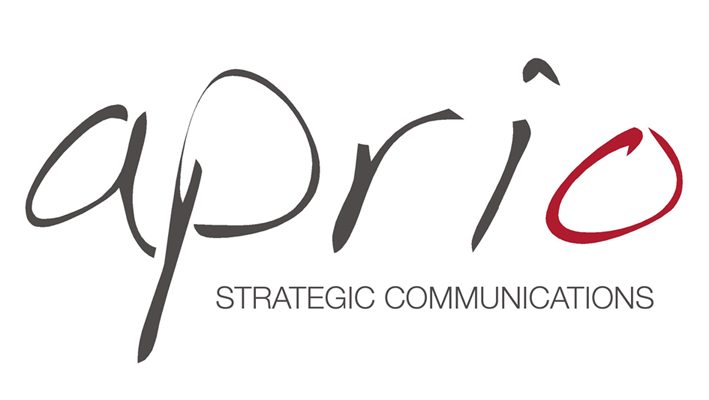I find that reading a good quote is a bit like a shot of Vitamin B, or, even, a splash of cold water in the face. It energizes you—by helping you resolve to do better.
At other times, a pithy quote is like a tour guide pointing out an important bit of scenery in a strange country. "Oh, that's what I should be noticing," you say to yourself.
Finally, the telling quote can also be a laugh line—a chance to guffaw at your own writing foibles (much more effective than crying over them).
Here are eight of my favorite quotes, collected over the last year:
1. Winston Churchill (1874-1965) knew a thing or three about the high-stakes game of persuasive writing. Here is his well-honed advice:
1. Winston Churchill (1874-1965) knew a thing or three about the high-stakes game of persuasive writing. Here is his well-honed advice:
If you have an important point to make, don't try to be subtle or clever. Use a pile driver. Hit the point once. Then come back and hit it again. Then hit it a third time—a tremendous whack.2. English schoolmaster Henry Watson Fowler (1858-1933) and his brother, the writer Francis George Fowler (1871-1918), devoted their lives to encouraging people to write more clearly and directly. If you don't have time to read their intimidating (but wonderful) book "Modern English Usage," here's a maxim to keep posted beside your computer:
Anyone who wishes to become a good writer should endeavour, before he allows himself to be tempted by the more showy qualities, to be direct, simple, brief, vigorous and lucid.3. Muriel Rukeyser (1913-1980) was an American poet and political activist. And I suppose it would take a poet to express such a profound thought in so few words:
The world is not made up of atoms; it's made up of stories.4. Cyril Edwin Mitchinson Joad (1891-1953) was an English philosopher and broadcasting personality famous for his appearance on the BBC program The Brains Trust in which experts debated questions such as, "What is the meaning of life?" He had a deep egalitarian streak, which you can see in this quote about writing. (I agree with his sentiment so profoundly that I'm almost prepared to forgive him for a 77-word sentence):
All the talk about style and form and quality of expression in writing which agitates literary circles is simply highfalutin' bunkum, designed to hoodwink people into the belief that writing is much more mysterious than it really is, by those whose living depends on the maintenance of the mystery, and that if the plain man would only take the trouble to say quite plainly what he thinks, good and even easy writing would be the inevitable result.5. Whenever I am tempted to overwrite, get too flowery, or obfuscate, I schedule a fast remedial reading of the masterpiece "Politics and the English Language" by writer and journalist George Orwell (1903-1950). Still, for brevity, it's hard to beat his seven-word piece of advice:
Good prose is like a window pane.6. Generally, I wasn't a fan of Andy Rooney (1919 - 2011). I found his little homilies on "60 Minutes" a bit too precious and his delivery bordering on self-parody. But every once in a while, he hit the mark, as he does here:
Keep in mind that you're more interested in what you have to say than anyone else.7. Contemporary American writer Annie Dillard can be counted on to both comfort and uplift writers who are in trouble. Here is what she has to say about getting in the writing "zone."
At its best, the sensation of writing is that of an unmerited grace. It is handed to you, but only if you look for it. You search, you break your heart, your back, your brain, and then—and only then—is it handed to you.8. Many years ago I gave a dinner party at which a friend performed an impromptu reading from the book "Metropolitan Life" by humorist Fran Lebowitz. I remember laughing so hard, I started to worry about whether I could continue breathing. Whenever I hit the writing wall, and when all else fails, I can cheer myself immeasurably by remembering her sage advice:
I hate writing. I will do anything to avoid it. The only way I could write less is if I was dead.What are your favorite observations about writing?
:
